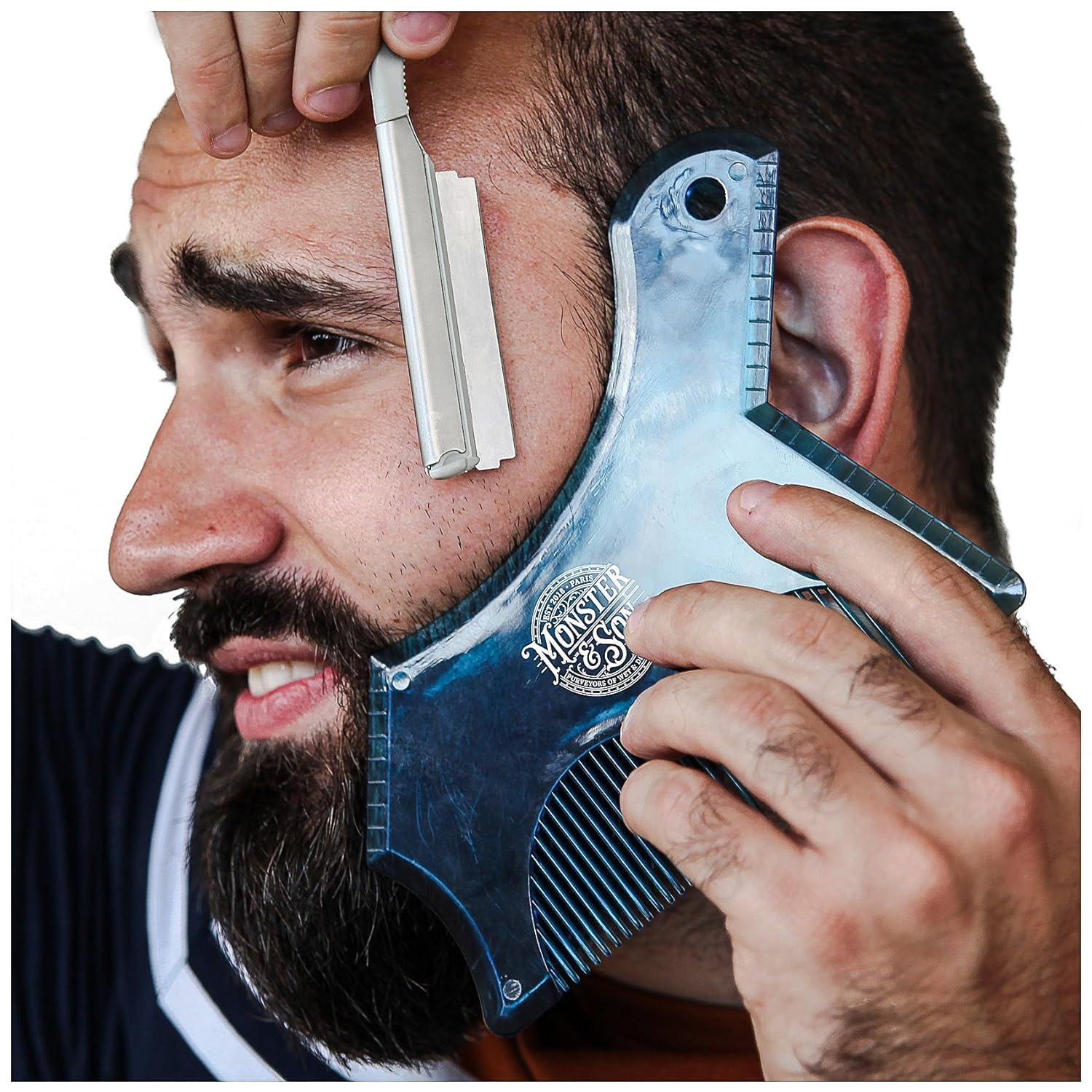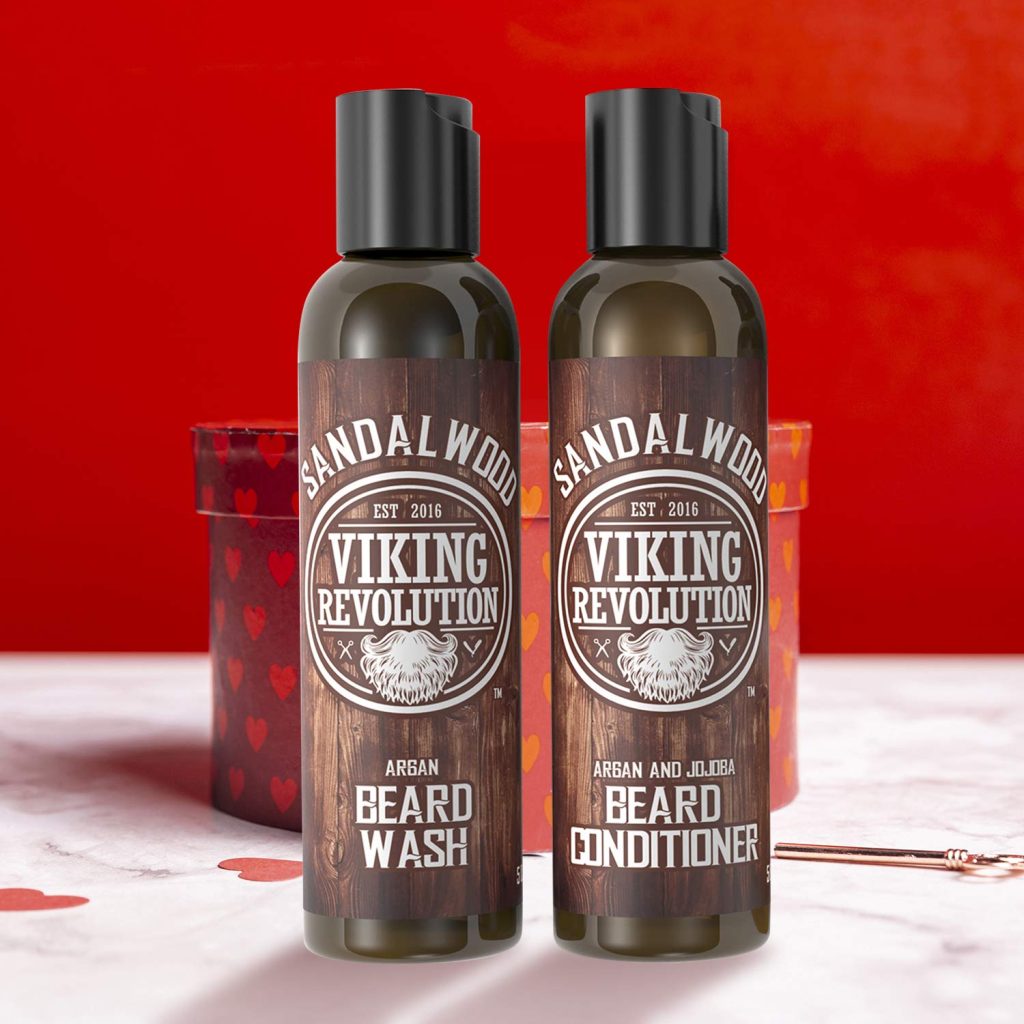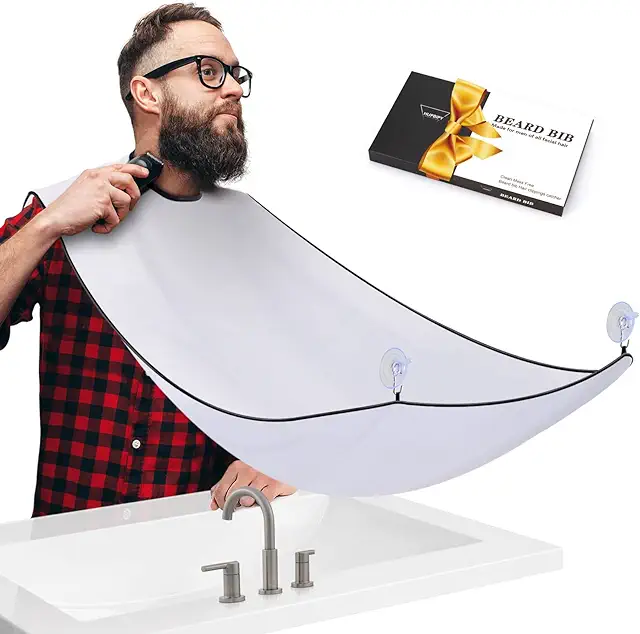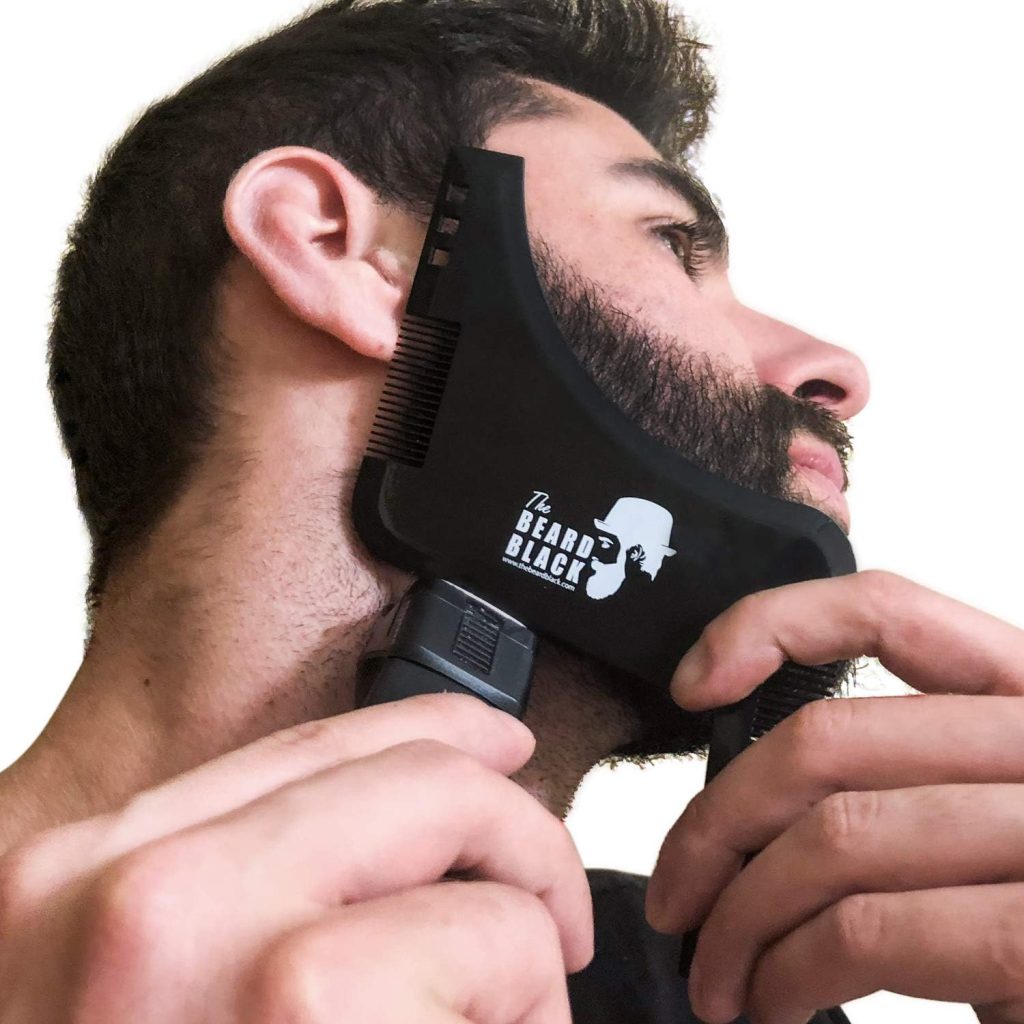Maintaining a well-groomed appearance is crucial for many, and knowing how to trim facial hair properly plays a significant part in achieving that neat and tidy look. Whether you’re sporting a full beard, a mustache, or just some light stubble, keeping your facial hair in check can enhance your overall style and make a great impression. If you’re not sure where to start or are looking to refine your technique, you’re in the right place. This tutorial will guide you through each step of the process, ensuring that you can achieve a polished look with ease.
Table of Contents
ToggleWash and Prep Your Facial Hair
To ensure an optimal trim, begin with a thorough cleansing of your facial hair using either a gentle shampoo or a beard-specific wash. This step is vital for removing any accumulated oils, dirt, or residue, contributing to a smoother trimming experience and preventing your grooming tools from becoming dirty.
After washing, pat your facial hair gently with a towel to dry; avoid aggressive rubbing to prevent tangling and damage to the hairs. Next, using a fine-toothed comb, methodically comb through your beard or mustache to detangle and align the hairs uniformly.
You might be tempted to just skip right to the trimming part, but this preparation not only facilitates a more effortless trimming process but also helps in achieving a more precise and even cut. Ensuring your facial hair is clean, detangled, and properly aligned sets the stage for a successful grooming session.
Choosing the correct trimmer length is a pivotal aspect of mastering how to trim facial hair. Your desired look largely influences this decision. For those uncertain about the ideal length, erring on the side of a longer setting is advisable—you can always trim more if needed, but regrowth takes time.
Consistency is key for a uniform appearance, so maintain the same length setting across the beard or mustache for this effect. Alternatively, for those aiming for a graduated or styled look, varying the trimmer length allows for the creation of fades or the maintenance of differing lengths in various facial regions.
Adjust the trimmer accordingly as you transition between areas to achieve your preferred style. This careful selection and manipulation of trimmer length are instrumental in sculpting a polished and personalized facial hair aesthetic.
Kick off the trimming process by aligning your trimmer with the direction your facial hair naturally grows. This method minimizes discomfort and ensures a smoother cut.
Progress with a gentle, steady hand, allowing the trimmer to uniformly cut through the hair. For intricate areas such as under the nose or around the lips, it may be beneficial to switch to a smaller attachment or opt for scissors to achieve greater precision.
These regions often require extra attention for a clean, sharp finish. Continuously move the trimmer against the grain with caution to avoid any irritation or unevenness. This approach ensures a more controlled and effective trim, setting the foundation for a well-groomed appearance.
Once the bulk of the trimming is done, it’s time to hone in on the finer details that define a clean, professional look. Using either a precision trimmer or sharp scissors, carefully outline the perimeters of your beard or mustache to establish clean lines along your neckline and cheeks.
Pay special attention to symmetry and shape, as these aspects significantly impact the overall appearance of your facial hair. For areas that require extra precision, such as under the lips or along the jawline, consider using a smaller comb to guide your trimming.
Implementing a shorter trim setting to lightly fade the edges can help create a more natural transition between facial hair and skin, enhancing the look’s subtlety. Remember, this stage is about precision and patience; take your time to meticulously remove stray hairs and perfect your facial hair’s contours.
Following your trim, it’s essential to care for both your skin and facial hair to preserve that freshly groomed appearance. Start by washing your face with cool water to clear away any remaining hair clippings. This step not only cleanses but also helps close pores, reducing the risk of irritation.
After patting your skin dry, apply a nourishing beard oil or moisturizer. These products are designed to soften the hair and hydrate the skin beneath, preventing dryness and promoting healthy growth. To keep your facial hair in top condition, regular washing with a suitable cleanser and daily combing to detangle are recommended.
This routine not only maintains cleanliness but also ensures that your beard or mustache stays looking well-groomed. Trimming frequency depends on your personal growth rate and style preferences, but generally, a touch-up every few weeks helps retain shape and length. Following these aftercare steps will keep your facial hair looking refined and healthy, supporting your polished appearance.





